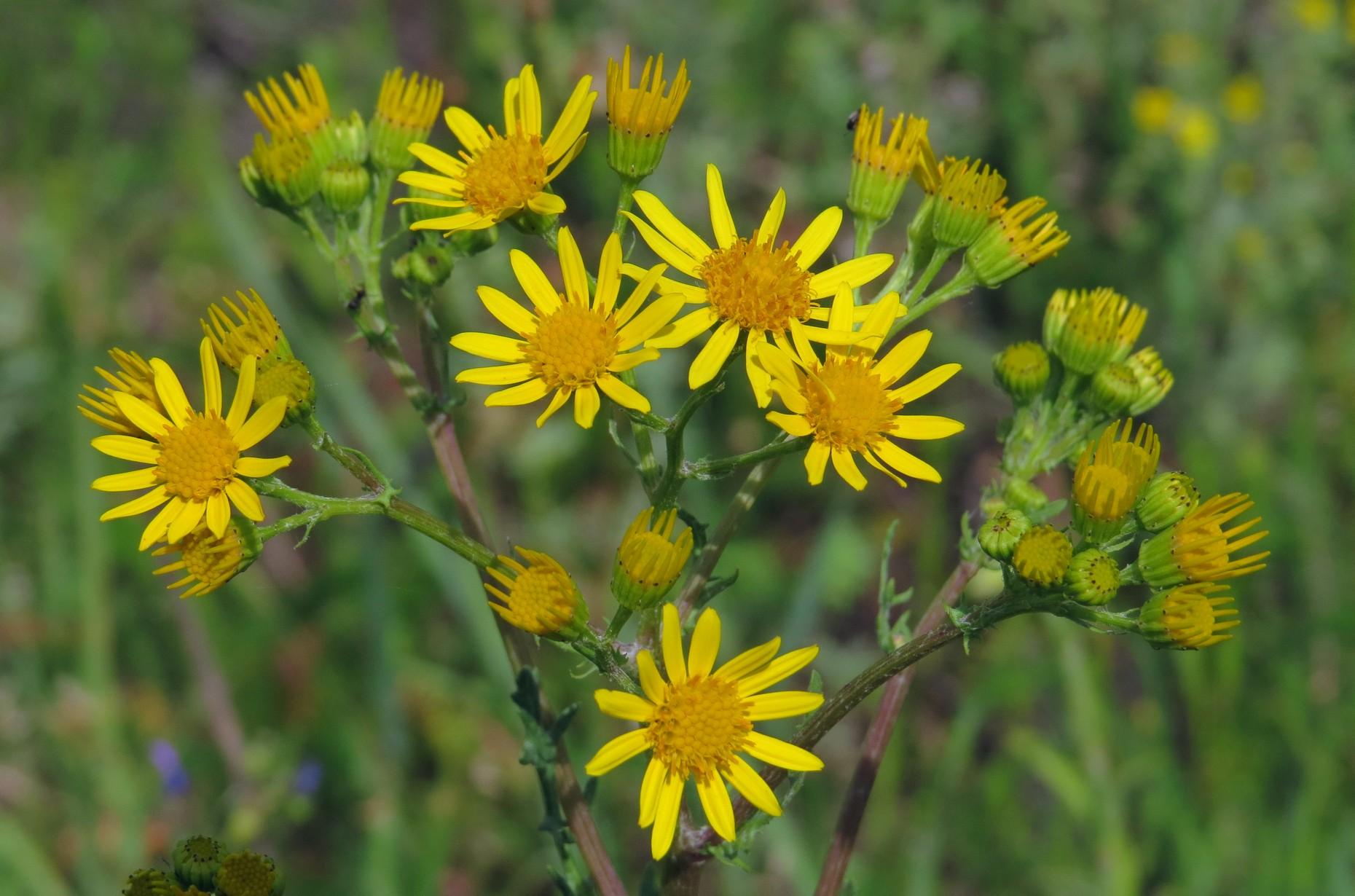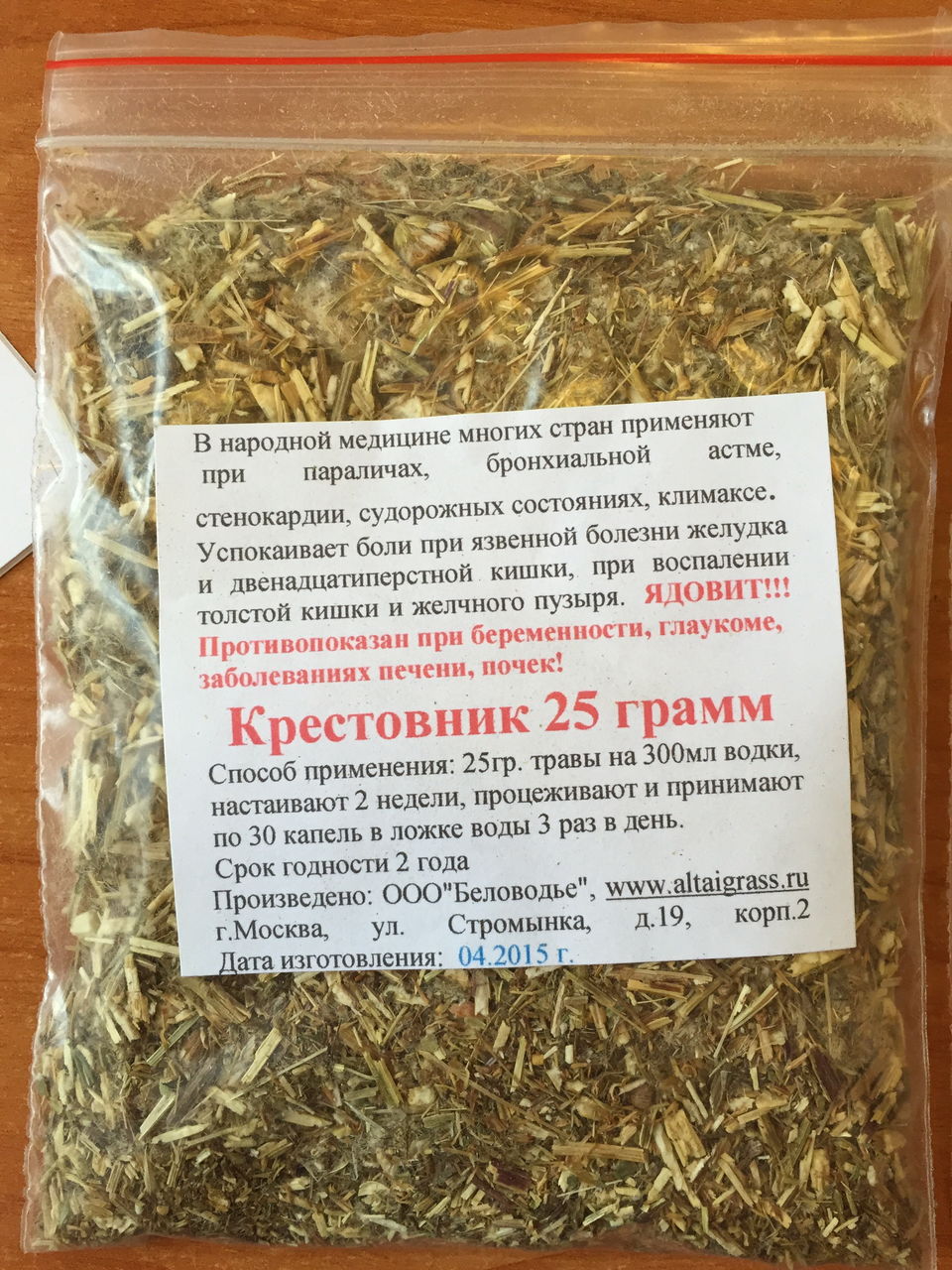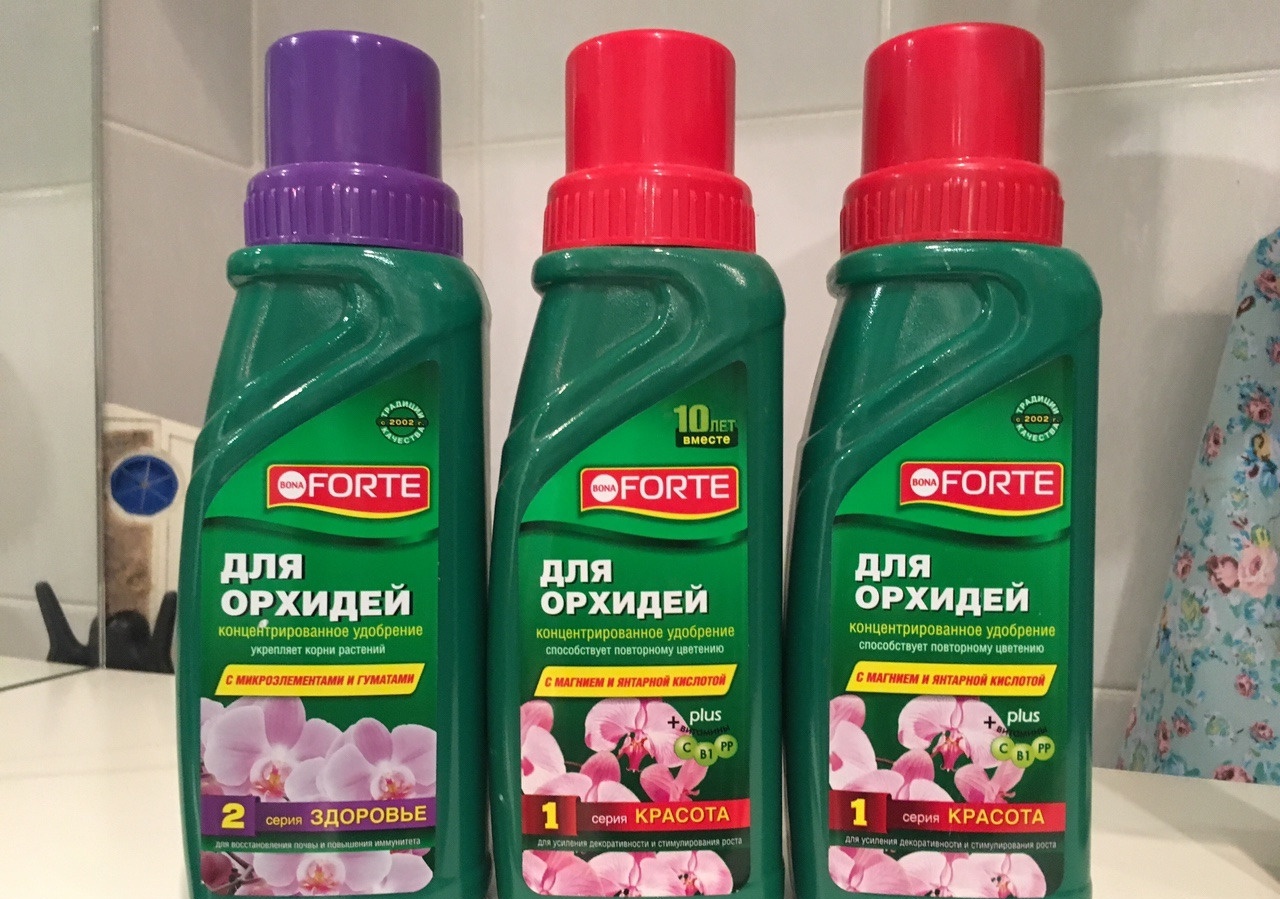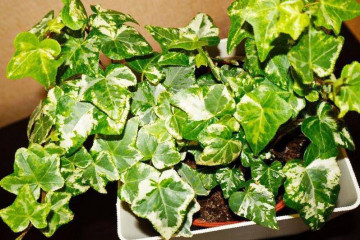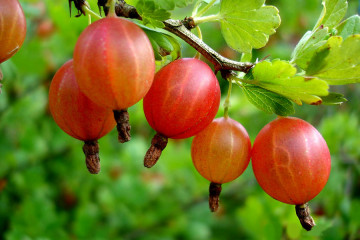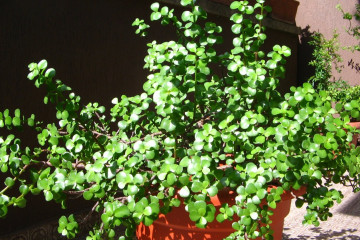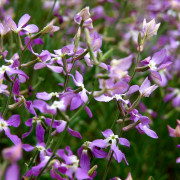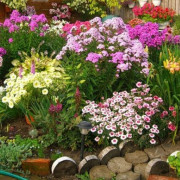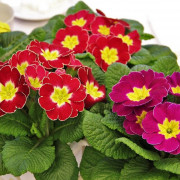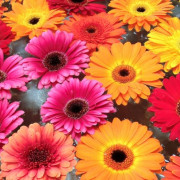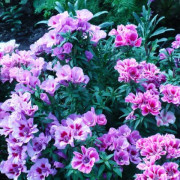Common groundwort Senecio vulgaris
Content:
People hardly think about the fact that they have herbs that can be used for medicinal purposes, such as common wild rose, grow under their feet. This herb has many beneficial properties. It is found not only in the natural environment, but also in summer cottages.
Common groundwort - description of the plant, which family it belongs to
The plant belongs to the Astrov family. Its genus is extensive - according to official figures, there are about 3000 species of grass. About 50 species grow on the territory of Russia, among them the most popular is the common groundwort. It is a herbaceous plant. It can be biennial, but more often it is one year old. The bush reaches a height of 50 cm. In summer, oblong fruits of gray, brown or dark red appear.
Other names for the groundwort
In Latin, the plant is called Senecio vulgaris. Its description is found in ancient manuscripts and books. The plant was used to prepare ointments and decoctions. Previously, it was called a cross, but in the 20th century, the modern name was fixed.
Senecio translates to bald. When the flowering is over and the seeds are scattered, the tops of the flowers look like a receding hairline.
Healing properties
Spring jakubenya is widely used in folk medicine. It is harvested throughout the summer and dried in a warm, dry room. The flower contains many useful elements:
- alkaloids;
- vitamin C;
- mineral salts.
Medicines that contain rosemary help fight bleeding and promote wound healing. The plant has anti-inflammatory and antispasmodic properties. It is recommended for people suffering from ulcers, gastritis, inflammation of the gall or bladder.
Ragwort herb in the wild
In its natural environment, the plant is found throughout Eurasia. It grows everywhere:
- meadows;
- parks;
- forest plantations;
- landfills.
Any soil is suitable for the growth of the weed, except for chernozem.
Harm to crops and people
The riverine groundwort, like the pseudo-shrub, is a weed. It is dangerous for crops that require regular treatment between rows and a large planting area. If measures are not taken in a timely manner, the weed can seriously harm the crops.
The peasant is also dangerous for humans. If used in large quantities, it can harm the nervous system and liver. The composition contains a large amount of alkaloids. Therefore, before use, it is better to familiarize yourself with the contraindications.
Senecio vulgaris - home cultivation and care
Because of its beneficial properties, the groundwort is often grown in garden plots.Since it is a wild herb, certain requirements must be met.
Lighting and temperature
The flat-leaved, common, and other species of groundwort love good lighting. It is not worth growing them under direct sunlight - leaves and buds can get burned. Planting in the shade will cause the bush to stretch upward. It is best to grow the flower on the east or west side of the house.
The temperature regime necessary for the plant changes throughout the year. In summer - 25-30 ℃. By winter, the temperature is gradually reduced to 8-15 ℃.
Watering and humidity
The groundwort tolerates drought well, so there is no need to spray it. It is carried out only for medicinal purposes. In this case, a pot with a flower is located at a remote distance from batteries and heaters.
The common, riverine and pseudo-shrub groundwort belong to succulents. They can accumulate moisture in their leaves. Watering too often leads to rotting of the bush. In spring and summer, it is recommended to moisten the soil 2 times a week, in autumn the number of procedures decreases, and in winter it stops completely. Water the flower with settled soft water.
Top dressing and soil quality
It is best to plant a flower in a substrate intended for succulents and cacti. The soil should be slightly acidic, nutritious, with a large amount of useful elements, loose, water and air permeable.
The substrate can be purchased at the store or made yourself from the following components:
- sod land;
- leafy land;
- coarse sand.
Charcoal is added to the finished mixture. It is recommended to apply fertilizers under the bush from early March to early September. Complex formulations with a low nitrogen content are suitable for this. Top dressing is applied no more than once a month.
Pot selection
It is important to choose the right container for planting the groundwort. The pot should be wide and shallow. The material from which it is made must be porous so that the root system has sufficient air exchange. It is preferable to choose glazed ceramic pots with a drainage hole in the bottom.
Plant transplant
The first step in transplanting is the selection of a suitable container. Pebbles or expanded clay are placed in the pot as the first layer to ensure drainage. Then the root system is placed with a clod of earth. It is the most vulnerable part of the flower, so be careful. At the end, the roots are placed in the center of the pot and covered with earth.
Flowering and dormant period
The blossoming rosebuds look like chamomile with yellow petals. At home, the plant can bloom from early January to late March, after which a dormant period begins. The number of waterings is minimized, and top dressing is completely excluded.
Reproduction
The breeding method of the groundwort depends on the length of its life. Annuals reproduce by seeds. Perennial - by layering or cuttings.
Seed propagation
Seed propagation is carried out in the following sequence:
- To increase the chances of seed germination, seeds are pre-germinated. To do this, they are placed in warm water for several hours, then laid out on a cloth or paper and covered with foil. It is necessary to maintain a high level of humidity and temperature within 20-25 ℃ above zero. After about a week, the seeds will sprout.
- After that, they are placed in a container and covered with polyethylene to create a greenhouse effect.
- Seeds are regularly sprayed from a spray bottle. When the cotyledons begin to develop, the seedlings dive into separate pots.
Cuttings
In this way, the plant is propagated only after flowering is complete. To do this, cut off a shoot 10 cm long and remove the lower leaves from it. The stalk is planted in a small pot and placed in a warm, lighted place.
Layers
Young bushes are regularly formed at the base of the rootwort. They are separated from the mother bush and planted in a pot as a full-fledged plant. You can simply bend a long shoot to the ground, secure it and sprinkle it with earth. When it gives roots, it is separated from the main bush and planted separately.
Possible growing problems
If the plant is not provided with proper care, then it can be infected with various diseases:
- with insufficient moistening of the flower and too dry air, leaves may dry out and fall off;
- if the leaves turn yellow and brown spots appear on them, then the plant is kept at too low a temperature or it is often watered;
- a small number of leaves indicates a lack of sunlight, and brown spots indicate an excess of it;
- if the grower lacks nutrients, it can change color.
If a weed is found in a summer cottage, you should not immediately remove it. The best solution is to plant it in a pot and use it as an unusual indoor plant.
